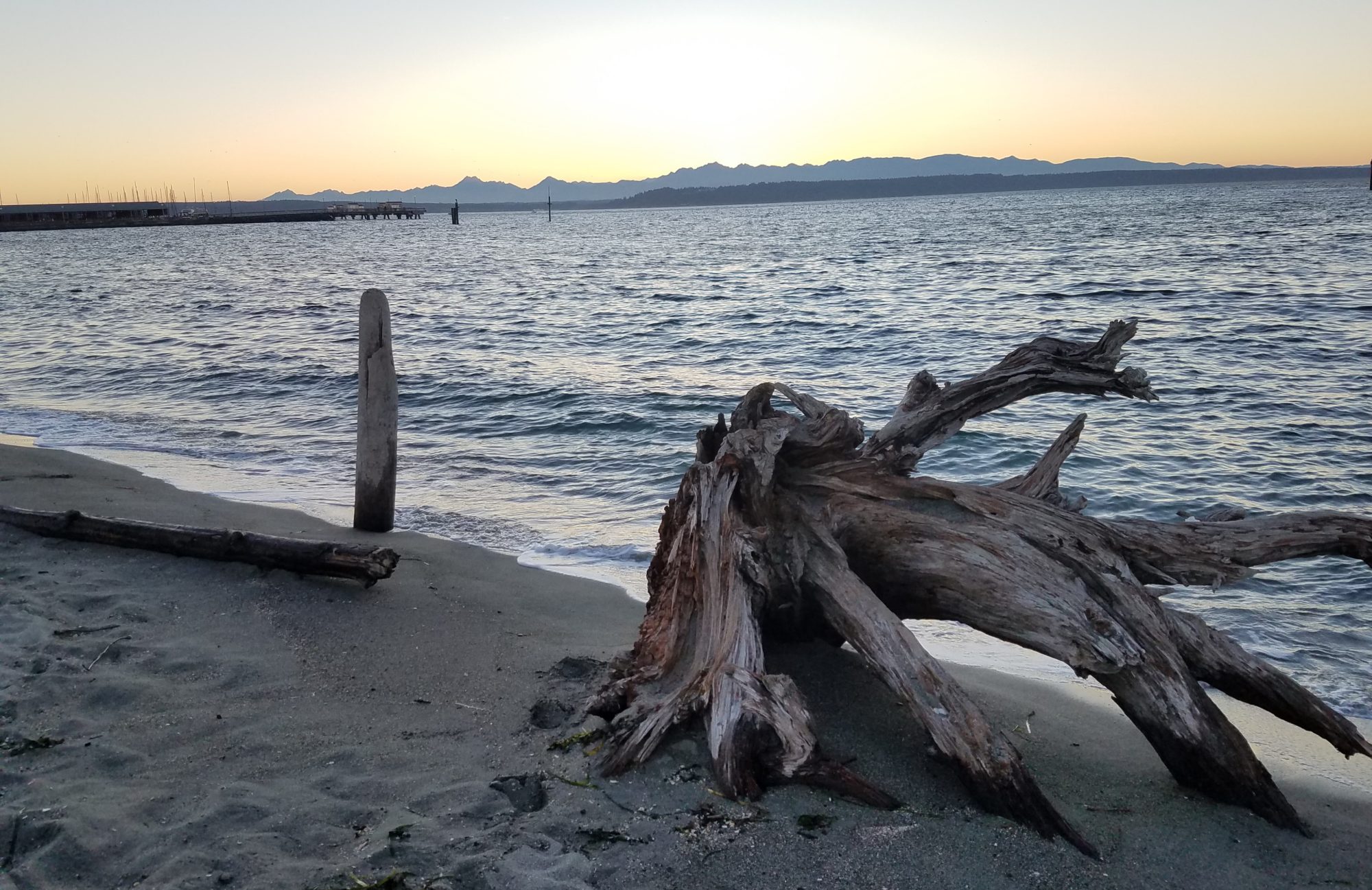Richard Rohr is one of my favorite teachers and in these liminal times, this meditation seemed important to share. Here is a link to his Daily Meditations site. Enjoy.
Practice: Nondual Seeing
One of the gifts of liminal spaces is that they soften the boundaries between ourselves and others, revealing our interconnectedness in the present moment in new ways and in the simplest of things. In her book The Fruitful Darkness, American Buddhist teacher Roshi Joan Halifax offers some wisdom on how we might recognize and honor our shared existence:
The wisdom of the peoples of elder cultures can make an important contribution to the postmodern world, one that we must begin to accept as the crisis of self, society, and the environment deepens. This wisdom . . . is to be found by each of us in the direct experience of silence, stillness, solitude, simplicity, ceremony, and vision.
One of the ways we can characterize what [the Oglala Lakota visionary] Black Elk called “a sacred relationship” is by the term nonduality. What I mean by nonduality is that we are intimately connected; . . . We abide in each other. . . . Many of us, no matter the skin color, no matter the culture or epoch, have found that we have to leave society to retrieve our innocence. Our minds and bodies need to be refreshed; they need to be restored to each moment. Gurdjieff [mystic philosopher] once said that the only way you can get out of jail is to know that you are in it. Jail here is not our daily lives but the alienated relationship to the world of the familiar. We must retrieve the magic of the ordinary and rediscover sacredness in each thing. . . .
According to [environmentalist] Paul Shepard, “Ecological thinking . . . requires a kind of vision across boundaries . . . as part of the landscape and the ecosystem, because the beauty and complexity of nature are continuous with ourselves . . . we must affirm that the world is a being, a part of our own body.” [1]
Our skin is a membrane that connects us with the world around us, just as the space between you and me actually connects us as well. But we have protected “our skin” and “our space” at the expense of our own lives. We are discovering that we are already in what the phenomenologist Maurice Merleau-Ponty has called the “Collective Flesh,” the world itself as an intelligent body. Earth now is revealed as a vast being who is the ground of our perceiving, dreaming and thinking.
We share the same body and the same self. Ch’an-sha, a ninth-century Chinese Zen monk, said, “The entire universe is your complete body.” . . . Walt Whitman wrote, “I am large. . . . I contain multitudes.” And Thich Nhat Hanh says in the Zen gatha [prayer]he composed to be recited before eating,
In this plate of food,
I see the entire universe
supporting my existence. [2]
Richard again: I pray you are finding support in this time, possibly from unexpected sources. It seems that it is only when what we are used to is taken away from us that we awaken to new possibilities, even if they were available all along.
[1] Paul Shepard, “Introduction,” The Subversive Science: Essays Toward an Ecology of Man, ed. Paul Shepard and Daniel McKinley (Houghton Mifflin: 1969), 2. As cited by Halifax, 234.
[2] Thich Nhat Hanh, “Earth Gathas: Eating,” Dharma Gaia: A Harvest of Essays in Buddhism and Ecology, ed. Allan Hunt Badiner (Parallax Press: 1990), 195.
Joan Halifax, The Fruitful Darkness: Reconnecting with the Body of the Earth (Harper San Francisco: 1993), 148, 150, 152–153.
Image credit: The Swan (No. 17) (detail), Hilma af Klint, 1915, Moderna Museet, Stockholm, Sweden.
For Further Study:
Paula D’Arcy, Waking Up To This Day: Seeing the Beauty Right Before Us (Orbis Books: 2009)
John Philip Newell, The Rebirthing of God: Christianity’s Struggle for New Beginnings (Skylight Paths Publishing: 2014)
“Liminal Space,” Oneing, vol. 8, no. 1 (CAC Publishing: 2020)
Richard Rohr, Adam’s Return: The Five Promises of Male Initiation(The Crossroad Publishing Company: 2004)
